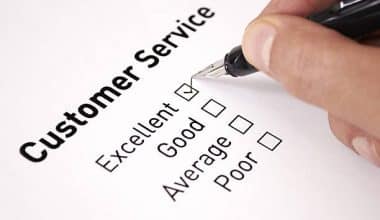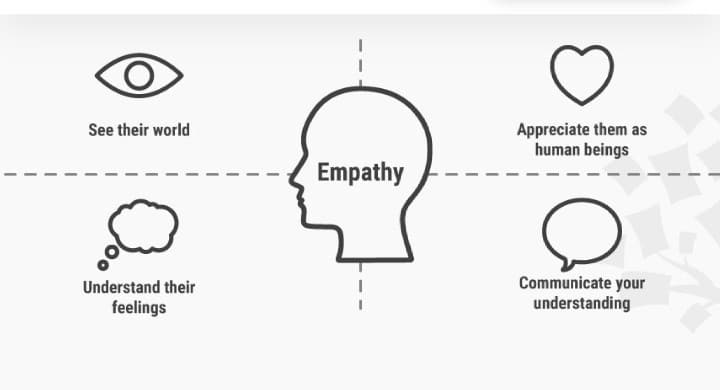In today’s retail environment, customer loyalty is of critical importance. One of the best ways to sustain success in the retail space is to find a way to keep customers coming back rather than trying to rely on the acquisition of new customers. Obviously, the trick is finding ways to retain customers and give them reasons to keep coming back to your store. That’s why we put together a list of customer retention strategies that can help your retail business build the customer loyalty it needs to succeed in the long run.
Loyalty Programs
It’s almost become a necessity for retailers to have a loyalty program as an incentive to keep shoppers from coming back. For the most part, it’s simple to start and maintain a loyalty program, so there isn’t much downside to giving it a chance. There are also several ways to run it. Small businesses can do something as simple as punch cards when customers buy a certain product. There are also ways to give cash back or have a points system. No matter the specifics, loyalty programs give customers goals to work toward when making purchases and rewards for coming back. This makes them more likely to show loyalty to a specific store rather than considering competitors, helping retailers find and maintain regular customers.
Cut Down on Wait Times
Nothing sends a customer running from a retail store or creates a bad impression like a long wait time at the checkout counter. Some customers will leave a store before completing their purchase if they have to wait too long, while others will simply choose never to return to that store again, assuming the wait will always be that long. Therefore, retailers need to ensure a fast, convenient, and efficient shopping experience if they want to retain customers for the long run – this is where autonomous shopping technology can come in handy. Self-checkout stations, smart carts, and similar tech can help customers pay for their items without having to stand in a long line. It also puts less pressure on retailers to have employees handle checkout duties, so even when retailers are short-staffed, they can cut down on wait times.
Empower and Educate Customers
Customers typically like feeling as if they’re in control while shopping. They will keep coming back to a store that makes them feel in control and free. The best way to do that is by educating customers about their options rather than trying to tell them what they need. This means providing educational resources for customers like in-store tutorials, training sessions, or in-product onboarding. This makes customers feel connected to the store while assuring them that they will get the most out of their purchase. They will feel empowered and educated, which will make them want to keep coming back to the store that helped make them feel that way.
Seek Customer Feedback
No retail store is ever going to be perfect and retain every customer that walks through the door. But it’s essential to know what a store is doing well and what it’s doing poorly. This requires proactively seeking customer feedback. Don’t wait for customers to leave negative reviews online. Seek out their opinion right away so that you can discover your flaws and fix them. At the same time, a retailer should know what it’s doing well and why customers who have a positive impression are coming back. This allows stores to play to their strengths better and continue to do the things that are bringing customers back.
Embrace New Technology
No matter what a store sells, it needs to stay on the cutting edge and embrace new forms of technology. This can include smart carts, smart vending machines, smart scales, and other items that are common in retail settings. Modern consumers, especially younger demographics, notice when retailers don’t offer self-checkout stations, mobile POS, and other features that have become common. This tends to leave customers with a negative impression of a store, making them seek out competing stores that have more to offer because they’ve done a better job of embracing new technology.
Keep in Touch
Modern consumers tend to have a short attention span compared to past generations. They have so much going on in their lives and see so much more advertising and marketing that it’s easy for them to forget about stores, even if they like them. This makes it essential for retailers to stay on their radar if they expect customers to keep coming back. This can be done through email, social media, and other digital routes in addition to traditional advertising methods. The overall goal is to communicate with past customers as a way to remind them that your store exists and what you can offer them. This is another reason why loyalty programs are important. If a retailer can stay in touch with customers and find a way to communicate with them regularly, it increases the chances that they’ll keep coming back.
Make Employees Happy
Creating happy customers is one of the best ways to retain customers. But it’s sometimes overlooked that creating happy employees is one of the best ways to create happy customers. Happy employees will try harder at their jobs and want to provide the best service possible. Needless to say, this helps to keep customers coming back. By giving employees a great working environment, their positive attitude will rub off on customers, who will have a positive experience and want to come back.
Show Gratitude
It sounds simple, but thanking your customers and showing that you’re grateful for their patronage can go a long way toward retaining them. Obviously, it’s great for employees to thank customers immediately after making a purchase. That type of gratitude, as long as it’s genuine, can leave a lasting impression on customers. But retailers need to find other ways of showing their gratitude to the customers who support them. This can be done online and on social media channels. It can also be done with store displays or personalized messages to customers who make a purchase. It’s almost impossible to do too much when it comes to expressing customer appreciation, so always look for ways to show your gratitude toward customers.






